Comparing The Rotations Of Objects In The Solar System. Just Look At Them Lol.✨🪐
Comparing the rotations of objects in the Solar System. Just look at them lol.✨🪐
To everyone that's confused, the planet Venus rotates very very slowly, with a single revolution taking about 243 Earth days, and Mercury rotates slowly, but not as slow as Venus.
More Posts from Athenadonovan and Others
Great casting choice.
Masterlist of all the Bones Comparison pics that I’ve collected! Some of the specific comparisons are ones that others drew my attention too, but a few I stumbled upon myself. All pics are off the ‘net. My apologies for duplicate pics, but I’m not really sorry because I like them all so much.

First up: Thoughtful Bones. Or pensive. Or concerned. Or worried out of his mind. You decide, lol

...I don’t know how to caption this expression, but I do know that I find it amusing.


Soft!Bones! His not-smile! ‘Tis the same! The little crook in it gets me. (My personal favorite)

Top pics: Bones looking at His Idiots(TM) with love. Bottom pics: Bones looking at His Idiots(TM) with pure disgruntled annoyance.

Bones silently questioning your sanity. Or his. Who knows.


No questioning it now, Bones has decided with all of his full Chief Medical Officer Insight that the idiots surrounding him have lost their collective marbles. Now all that’s left to wonder is just where their minds flew the coop to.

Bones Yelling at ALLL the Idiots.

Bones just being himself! ;-)
I might do separate posts containing individual comparisons later. Anyway, I do think that Karl Urban was a spectacular follow up to Deforest Kelley’s portrayal of Bones. They genuinely look like they could be related!
Beautiful artwork.

“THIS IS OUR REBELLION” Uzuri Art (2021) | Twitter | Tumblr | Instagram
I’ve only seen this episode a few dozen times. Time to re-watch!

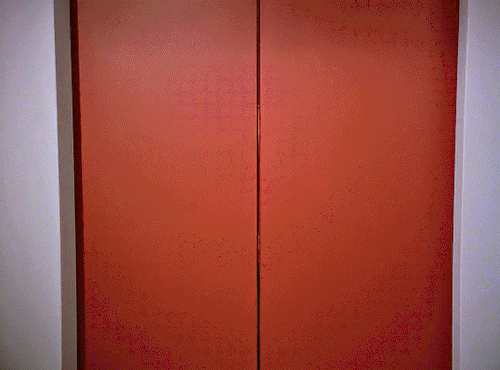
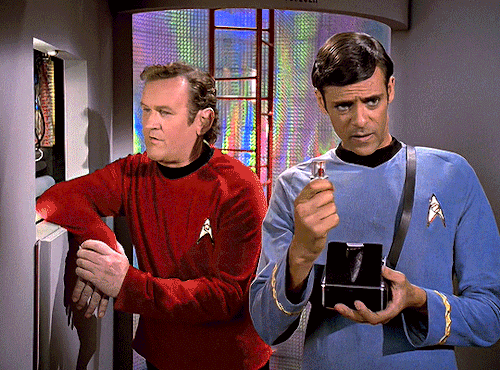
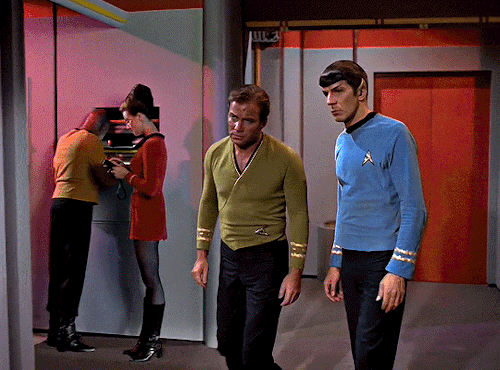
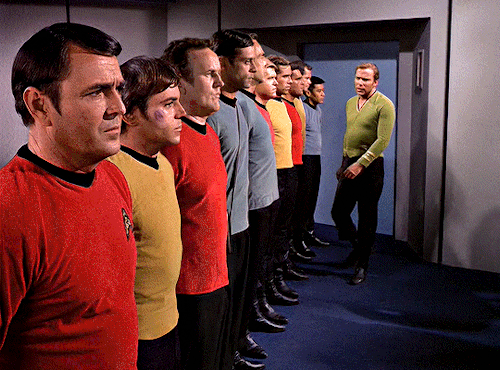
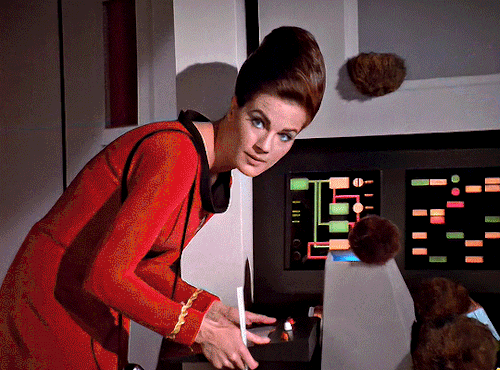
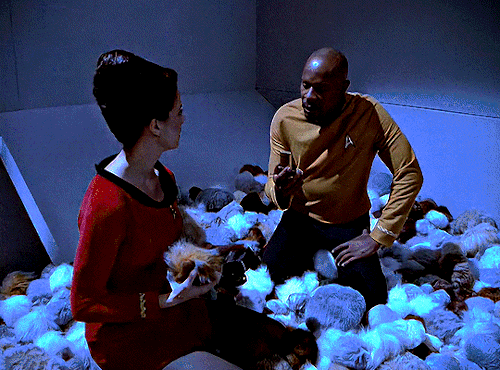
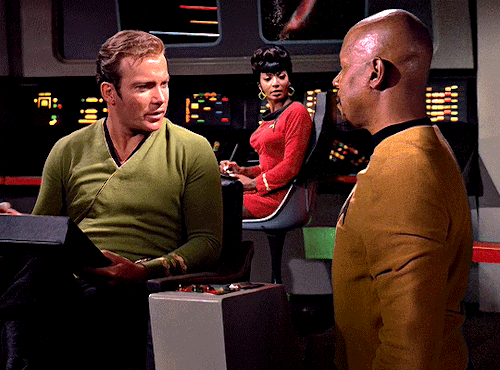
TREKGIFS’ STAR TREK WEEK (April 5th - 11th) Day Two: Favourite Episode ↳ Trials and Tribble-ations | 5x06 | DEEP SPACE NINE
When Temporal Investigations arrives on Deep Space 9, Sisko recounts how he and the crew of the Defiant traveled back in time to the 23rd century to prevent the assassination of Captain James T. Kirk during the original Enterprise’s mission to Space Station K-7.
#SG1 #TOS #Daniel Jackson #Spock #Daniel/Vala #Don’t really have one
If you have watched both StarGATE and Star Trek please tell me the following in the tags (it’s for science):
Favorite Stargate series
Favorite Star Trek series
Favorite Stargate character
Favorite Star Trek character
Favorite Stargate ship (as in relationship)
Favorite Star Trek ship

REBLOG IF YOU LOVE DOCTOR WHO! ❤️✨ @doctorwho
Beautiful rebelcaptain moments.


REBELCAPTAINWEEK DAY 1: SIGNIFICANT MOMENTS (insp)

10 Amazing Space Discoveries by the World’s Largest Flying Observatory

On the night of May 26, 2010, the Stratospheric Observatory for Infrared Astronomy, or SOFIA, the world’s largest flying observatory, first peered into the cosmos. Its mission: to study celestial objects and astronomical phenomena with infrared light. Many objects in space emit almost all their energy at infrared wavelengths. Often, they are invisible when observed in ordinary, visible light. Over the last decade, the aircraft’s 106-inch telescope has been used to study black holes, planets, galaxies, star-forming nebulas and more! The observations have led to major breakthroughs in astronomy, revolutionizing our understanding of the solar system and beyond. To celebrate its 10 years of exploration, here’s a look at the top 10 discoveries made by our telescope on a plane:
The Universe’s First Type of Molecule

Scientists believe that around 100,000 years after the big bang, helium and hydrogen combined to make a molecule called helium hydride. Its recent discovery confirms a key part of our basic understanding of the early universe.
A New View of the Milky Way

More than a pretty picture, this panorama of cosmic scale reveals details that can help explain how massive stars are born and what’s feeding our Milky Way galaxy’s supermassive black hole.
When Planets Collide

A double-star system that is more than 300 light-years away likely had an extreme collision between two of its rocky planets. A similar event in our own solar system may have formed our Moon.
How A Black Hole Feasts
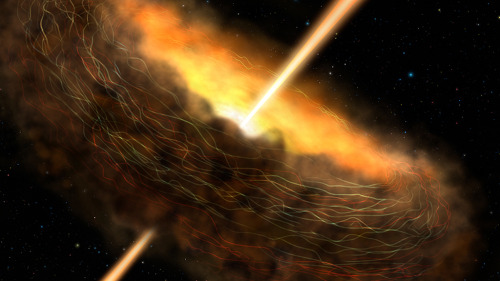
Fear not, the dark, my friend. And let the feast begin! Magnetic fields in the Cygnus A galaxy are trapping material where it is close enough to be devoured by a hungry black hole.
Somewhere Like Home

The planetary system around Epsilon Eridani, a star located about 10 light-years away, has an architecture remarkably similar to our solar system. What’s more, its central star is a younger, fainter version of our Sun.
A Quiet Place

Black holes in many galaxies are actively consuming material, but our Milky Way galaxy’s central black hole is relatively quiet. Observations show magnetic fields may be directing material around, not into, the belly of the beast.
The Great Escape

Ever wonder how material leaves a galaxy? The wind flowing from the center of the Cigar Galaxy is so strong it’s pulling a magnetic field — and the mass of 50 to 60 million Suns — with it.
Exploding Star, New Worlds

What happens when a star goes boom? It turns out that supernova explosions can produce a substantial amount of material from which planets like Earth can form.
Stellar Sibling Rivalry

They say siblings need time and space to grow, but here’s one that really needs some room. A newborn star in the Orion Nebula is clearing a bubble of space around it, preventing any new luminous family members from forming nearby.
Clues to Life’s Building Blocks

Radiation from stars is making organic molecules in nebula NGC 7023, also known as the Iris Nebula, larger and more complex. The growth of these molecules is one of the steps that could lead to the emergence of life under the right circumstances.
SOFIA is a modified Boeing 747SP aircraft that allows astronomers to study the solar system and beyond in ways that are not possible with ground-based telescopes. Find out more about the mission at www.nasa.gov/SOFIA.
Make sure to follow us on Tumblr for your regular dose of space: http://nasa.tumblr.com
Rory does not get the love this character deserves. ❤️
![[make Me Choose] @only-one-road Asked ↠ Amy Or Rory](https://64.media.tumblr.com/72a87fd0588ed9e8e0eb9bfe58c1cd77/343fe11b3026ddf3-d5/s500x750/df6c2479f6a00ed01d3a3204b7163222cc236f14.gif)
![[make Me Choose] @only-one-road Asked ↠ Amy Or Rory](https://64.media.tumblr.com/1df33def1d85f6343fb9de897ba46e7c/343fe11b3026ddf3-c4/s500x750/e10f18c3cfe7eeacaabe872bda96abc6c5d87e6f.gif)
![[make Me Choose] @only-one-road Asked ↠ Amy Or Rory](https://64.media.tumblr.com/99aac66020700275a362f7b06d5cb36f/343fe11b3026ddf3-2f/s500x750/97db00abc227a0ed6f0ca426ced312fc912ffc59.gif)
![[make Me Choose] @only-one-road Asked ↠ Amy Or Rory](https://64.media.tumblr.com/d859f8aedef5e55e05eceb110531e5fc/343fe11b3026ddf3-9d/s500x750/ea288d18a6560976b2667e4acb5c2bf5e842d8a6.gif)
![[make Me Choose] @only-one-road Asked ↠ Amy Or Rory](https://64.media.tumblr.com/c341dd07d1b5c322df5e7715237f649d/343fe11b3026ddf3-39/s500x750/91198ab6369b8c07f31a7935a59e8a12955f5371.gif)
[make me choose] @only-one-road asked ↠ amy or rory
I love this!

-
 fallere-noctem reblogged this · 1 week ago
fallere-noctem reblogged this · 1 week ago -
 low--quality--child liked this · 1 week ago
low--quality--child liked this · 1 week ago -
 withthedagger liked this · 1 week ago
withthedagger liked this · 1 week ago -
 cabrinius liked this · 1 week ago
cabrinius liked this · 1 week ago -
 23-bears liked this · 1 week ago
23-bears liked this · 1 week ago -
 23-bears reblogged this · 1 week ago
23-bears reblogged this · 1 week ago -
 dovelyartz liked this · 1 week ago
dovelyartz liked this · 1 week ago -
 miss-sofia liked this · 1 week ago
miss-sofia liked this · 1 week ago -
 alvis1218 reblogged this · 1 week ago
alvis1218 reblogged this · 1 week ago -
 alvis1218 liked this · 1 week ago
alvis1218 liked this · 1 week ago -
 arkeyr79 reblogged this · 1 week ago
arkeyr79 reblogged this · 1 week ago -
 arkeyr79 liked this · 1 week ago
arkeyr79 liked this · 1 week ago -
 fatpinkbitch reblogged this · 1 week ago
fatpinkbitch reblogged this · 1 week ago -
 crowleys-curl reblogged this · 1 week ago
crowleys-curl reblogged this · 1 week ago -
 arewerewolvespunkrock liked this · 1 week ago
arewerewolvespunkrock liked this · 1 week ago -
 elfje-8 liked this · 1 week ago
elfje-8 liked this · 1 week ago -
 elfje-8 reblogged this · 1 week ago
elfje-8 reblogged this · 1 week ago -
 professionalsketcher reblogged this · 1 week ago
professionalsketcher reblogged this · 1 week ago -
 maryse127 reblogged this · 1 week ago
maryse127 reblogged this · 1 week ago -
 mythic-magpie reblogged this · 1 week ago
mythic-magpie reblogged this · 1 week ago -
 luckout22 reblogged this · 1 week ago
luckout22 reblogged this · 1 week ago -
 luckout22 liked this · 1 week ago
luckout22 liked this · 1 week ago -
 evonnagale reblogged this · 1 week ago
evonnagale reblogged this · 1 week ago -
 quisbymop liked this · 1 week ago
quisbymop liked this · 1 week ago -
 blackflameru reblogged this · 1 week ago
blackflameru reblogged this · 1 week ago -
 blackflameru liked this · 1 week ago
blackflameru liked this · 1 week ago -
 franzeefell liked this · 1 week ago
franzeefell liked this · 1 week ago -
 little-mx-sunflower liked this · 1 week ago
little-mx-sunflower liked this · 1 week ago -
 ladybugsandlattes liked this · 1 week ago
ladybugsandlattes liked this · 1 week ago -
 flockoff-featherface liked this · 1 week ago
flockoff-featherface liked this · 1 week ago -
 angelicmayhmen liked this · 1 week ago
angelicmayhmen liked this · 1 week ago -
 thelightofthingshopedfor liked this · 1 week ago
thelightofthingshopedfor liked this · 1 week ago -
 bookcasewraith liked this · 1 week ago
bookcasewraith liked this · 1 week ago -
 theminornotes reblogged this · 1 week ago
theminornotes reblogged this · 1 week ago -
 theminornotes liked this · 1 week ago
theminornotes liked this · 1 week ago -
 ffwrnais-awen reblogged this · 1 week ago
ffwrnais-awen reblogged this · 1 week ago -
 ffwrnais-awen liked this · 1 week ago
ffwrnais-awen liked this · 1 week ago -
 melodythemaybegorl reblogged this · 1 week ago
melodythemaybegorl reblogged this · 1 week ago -
 melodythemaybegorl liked this · 1 week ago
melodythemaybegorl liked this · 1 week ago -
 chaotic-goodsir liked this · 1 week ago
chaotic-goodsir liked this · 1 week ago -
 flowers-in-blume reblogged this · 1 week ago
flowers-in-blume reblogged this · 1 week ago -
 flowers-in-blume liked this · 1 week ago
flowers-in-blume liked this · 1 week ago -
 tehrenb reblogged this · 1 week ago
tehrenb reblogged this · 1 week ago -
 tehrenb liked this · 1 week ago
tehrenb liked this · 1 week ago -
 gingerbluebird liked this · 1 week ago
gingerbluebird liked this · 1 week ago -
 adventurekatexp liked this · 1 week ago
adventurekatexp liked this · 1 week ago -
 katanisohma reblogged this · 1 week ago
katanisohma reblogged this · 1 week ago
